

Expect a lifespan ranging from 5 to 10 years for most models, assuming regular maintenance and appropriate usage. Basic upkeep, such as consistent oil checks and periodic descaling, can significantly extend this timeframe. Investing in high-quality units from reputable brands can also enhance durability.
I’ve observed that overheating and misuse are common pitfalls that lead to premature wear. Always ensure your machinery operates within specified temperature ranges and avoid extended periods of continuous operation. One key recommendation is to shut down the unit during breaks to prevent excessive strain.
Utilising correct nozzle types and pressure settings for various tasks can also impact the longevity of these devices. A gentle approach often yields better long-term results than aggressive, high-force cleaning methods. In my extensive experience, a little caution can go a long way in preserving performance.
Expected Lifespan of a High-Pressure Cleaning Unit’s Motor
Average longevity typically falls between 1,500 to 3,000 operating hours. Durability depends significantly on maintenance, usage frequency, and environmental factors. Regular servicing and proper cleansing solutions can extend the unit’s operational life.
Factors Influencing Durability
Quality of materials and construction play a pivotal role. Units made with brass fittings and stainless components endure harsher conditions compared to those with plastic parts. Additionally, frequent overheating or incorrect pressure settings can lead to premature wear.
Maintenance Practices
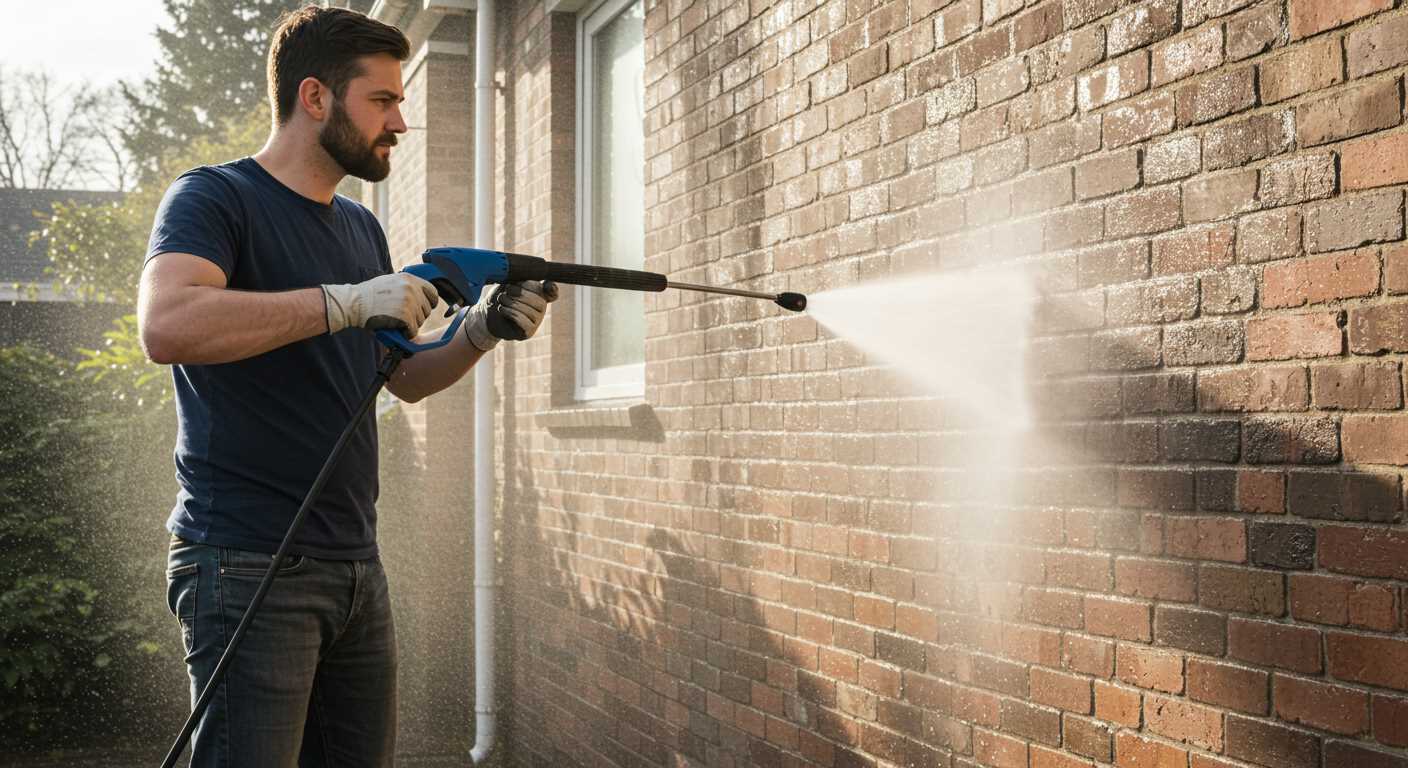
Routine check-ups include oil changes, filter replacements, and inspections for leaks. Storing it in a dry, sheltered location reduces exposure to adverse weather, consequently prolonging serviceability.
| Factor | Impact on Lifespan |
|---|---|
| Material Quality | Higher durability with brass/stainless; reduced life with plastic |
| Regular Maintenance | Increases operational hours; neglect reduces longevity |
| Operational Settings | Improper settings cause damage; correct settings ensure better life |
| Environment | Harsh conditions shorten lifespan; sheltered storage extends it |
Average Lifespan of Different Pump Types
When assessing the durability of various types of pumps, it’s crucial to note the average operational timeline for each. Here’s a breakdown:
Types of Pumps and Their Lifespans
- Axial Pumps: Typically survive between 1,500 to 2,500 hours. These are common in electric models and generally suited for lighter tasks.
- Triplex Pumps: Known for their robustness, they can endure around 3,000 to 5,000 hours. Ideal for commercial use, they provide a better cleaning experience.
- Diaphragm Pumps: Frequently found in industrial settings, they may offer a lifespan ranging from 2,000 to 4,000 hours, depending on maintenance and usage frequency.
Factors Influencing Pump Lifespan
- Maintenance: Regular servicing can extend pump life significantly. Checking oil levels, sealing components, and replacing worn-out parts are vital.
- Water Quality: Using clean, filtered water helps avoid mineral buildup, which can lead to premature failures.
- Operational Conditions: Running a pump beyond its recommended capacity or exposure to extreme temperatures can shorten its life.
- Brand and Model Quality: Pumps from reputable manufacturers generally offer better longevity due to superior engineering and materials.
Understanding the expected lifespan of these components aids in making informed decisions when purchasing equipment. Regular upkeep, alongside selective use, plays a pivotal role in maximising durability.
Signs That Your Pump is Wearing Out
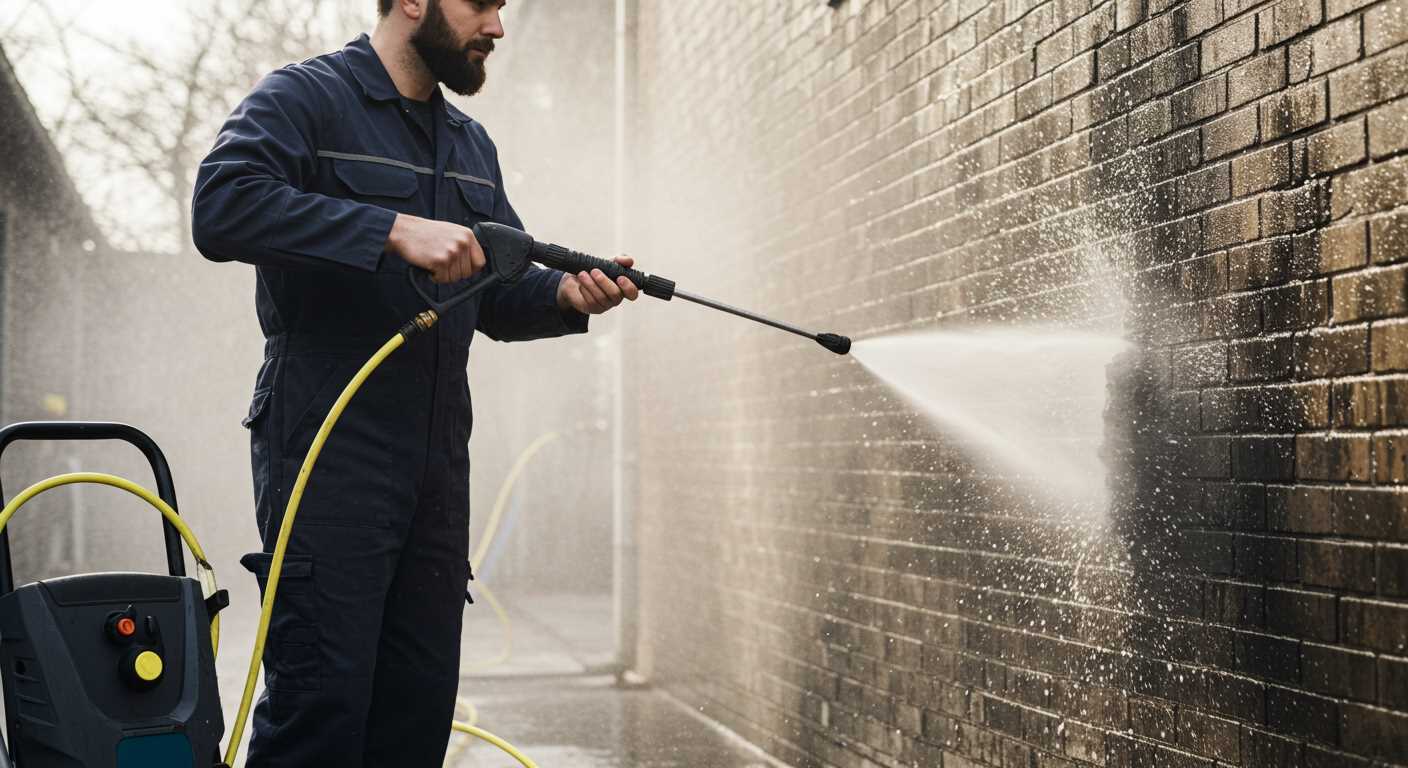
Pay attention to unusual changes in performance or noises to determine if your pump is deteriorating.
Common Indicators
- Loss of Pressure: A noticeable decrease in water pressure can signal internal wear. If the output pressure is significantly lower than normal, it may be time for inspection.
- Unusual Noises: If you hear rattling or grinding sounds during operation, components may be loosening or failing.
- Inconsistent Flow: Fluctuating water flow can indicate issues such as air leaks or damaged seals within the unit.
- Overheating: Excessive heat can signify that the motor is under strain, possibly due to pump inefficiency or blockage.
Visual Signs
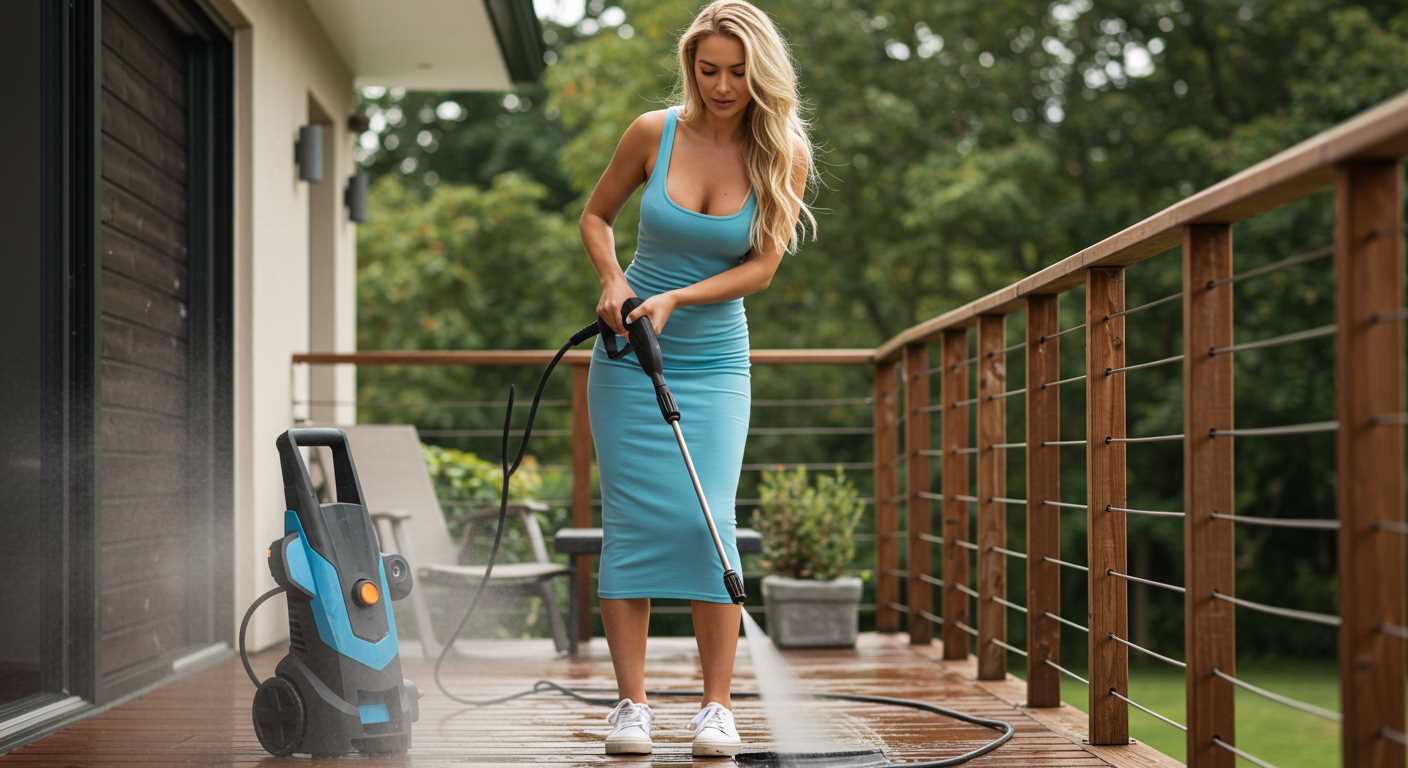
- Leaks: Any signs of leaking around connections or seals warrant immediate attention. This could relate to gasket degradation or improper fit.
- Rust or Corrosion: Inspect for corrosion on metal parts, which weakens structural integrity and can lead to failure.
- Unexplained Fluid Loss: Regular checks for oil or other fluids may reveal leaks, indicating wear.
Addressing these signs promptly can extend the life of the unit and enhance its efficiency. Regular maintenance and careful observation are key to preventing further complications.
Factors Influencing Pump Longevity
.jpg)
Regular maintenance plays a crucial role in extending the life of cleaning equipment. I recommend performing routine inspections, including checking for leaks and ensuring proper lubrication, to keep everything in optimal condition.
The type of water used significantly impacts durability. Hard water contains minerals that can lead to scale buildup, affecting performance. Using filtered or soft water can mitigate this issue and prolong the lifespan of the components.
Operating conditions matter as well. Excessive heat or cold can cause parts to wear out faster. Ensuring the equipment operates within the manufacturer’s recommended temperature range is vital for longevity.
Frequency of use is another factor. If equipment is used daily versus sporadically, the wear and tear will differ greatly. For those using their units frequently, implementing a strict maintenance schedule is essential.
The quality of components cannot be overlooked. Investing in a machine with high-grade materials and solid build quality usually pays off in the long run. Cheaper models often compromise on durability.
Finally, proper usage techniques are key. Using the correct nozzle size and not exceeding the maximum pressure ratings can prevent unnecessary strain and prolong operational life. Following the manufacturer’s guidelines ensures everything functions smoothly over time.
Maintenance Tips to Extend Pump Life
Regularly check and replace the oil in your unit’s crankcase. Clean oil ensures smooth operation and prevents wear.
Use only clean water for operations. Contaminants can lead to clogs and damage internal parts. If using water from a source with higher sediment, consider using a filter.
After each use, run the sprayer with clean water for a few minutes. This flushes out chemicals or debris that could harm the internal components.
Inspect all hoses for leaks or cracks frequently. Damaged hoses can reduce performance and cause additional strain on the system.
Store equipment in a dry, sheltered location to prevent rust and corrosion. If storing for an extended period, consider using a pump saver additive to protect seals.
Check the intake screen regularly for blockages. A clean screen aids water flow and reduces strain on the motor.
Follow the manufacturer’s guidelines for seasonal maintenance. This often includes checking seals, valves, and other critical parts at least once a year.
Finally, avoid prolonged use at maximum settings. This practice can lead to overheating and decrease the lifespan of the components.
Common Issues and Their Impact on Pump Durability
Utilising inadequate water supply is a frequent mistake that can significantly compromise performance. Insufficient flow rate leads to overheating and may result in internal component damage. Always ensure your source provides ample water volume for uninterrupted operation.
Clogged Filters and Lines
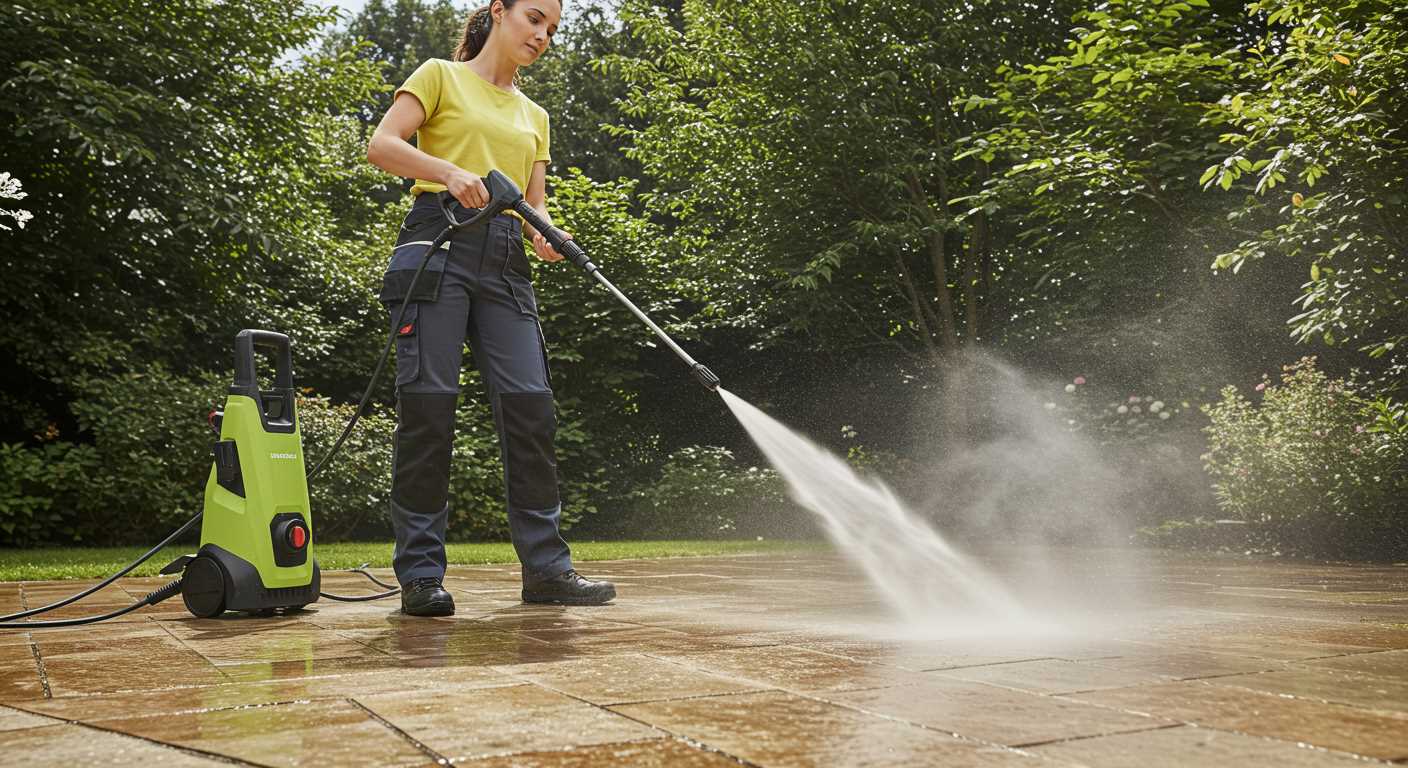
Debris accumulation within filters and hoses disrupts proper flow, creating pressure spikes. Such spikes increase wear on seals and internal parts. Regularly inspect and clean these components to maintain optimal function.
Inconsistent Oil Levels
Neglecting lubrication can lead to increased friction, resulting in accelerated wear. Checking and maintaining oil levels is mandatory. Use the manufacturer’s recommended oil type to avoid further issues, as improper lubrication can irreversibly damage internal mechanisms.
Temperature extremes during storage and operation also play a significant role. Prolonged exposure to high temperatures can cause seals to degrade, while freezing conditions can result in internal liquid expansion and subsequent cracks. Protect your equipment from extreme weather to extend its lifespan.
In conclusion, focusing on these specific issues and maintaining diligent care can enhance the longevity of your cleaning machine’s components, ensuring reliable service over time.
Replacement vs. Repair: Making the Right Choice
When assessing the condition of your cleaning unit, consider whether to repair or replace the component. If the repair cost exceeds 50% of a new unit’s price, replacement is usually the smarter financial decision. This applies especially when dealing with older models or those with outdated technology that lack efficient parts support.
Evaluate the frequency of use. If you operate the machine regularly, investing in a new model may yield better performance and reliability. However, for sporadic usage, repairing existing equipment can suffice, particularly if it preserves functionality without significant cost.
Assessing Specific Damage
Identify the nature of the issues. Minor leaks or stuck valves can often be repaired for a fraction of the cost of a new model. Conversely, if the main seal or housing is compromised, this could signal deeper issues, making replacement more viable. Consider consulting a technician for an accurate diagnostic, as malfunctions can sometimes be symptomatic of larger underlying problems.
Future Maintenance Considerations
A new unit may come with warranties, ensuring peace of mind for future troubles. However, perfectly functional equipment can also benefit from upgrades in components, prolonging its life. Assessing your cleaning needs and available budget will inform if staying loyal to your existing gear or upgrading will yield the best long-term results.
Best Practices for Seasonal Storage of Pressure Cleaners
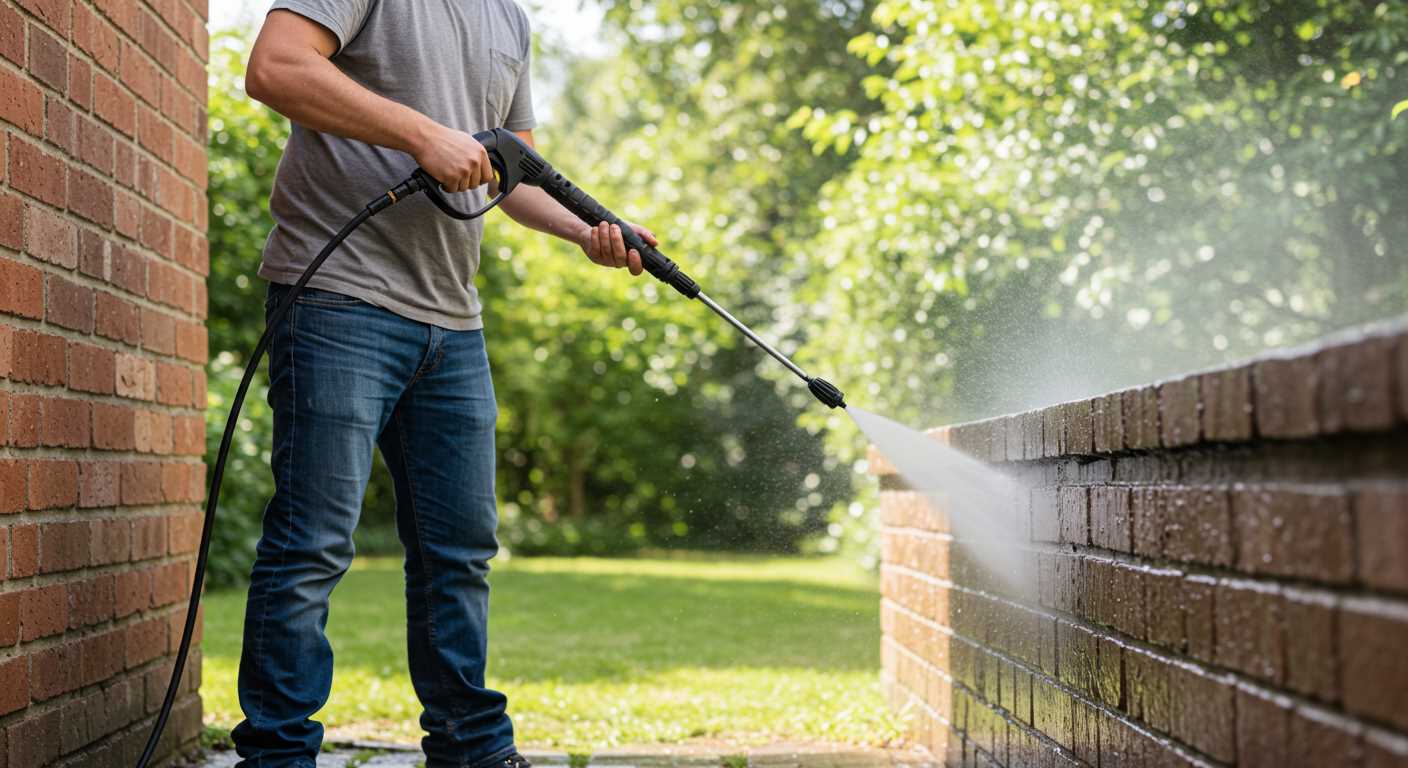
Always ensure that all water is drained from the machine before storing. This prevents internal parts from freezing and cracking during colder months. Disconnect any hoses and fittings, thoroughly empty them, and store them separately.
Clean the nozzle and filters to prevent blockages when you start using the equipment again. A simple rinse is usually sufficient. Make sure to lubricate any moving parts as per the manufacturer’s guidelines to avoid rust and degradation.
Fuel Management
If your model is powered by gas, empty the fuel tank or add a fuel stabiliser to prevent degradation. Storing without fuel helps avoid engine issues when you bring the unit out of storage.
Optimal Storage Conditions
Store in a dry, temperature-controlled environment. Extreme temperatures can compromise both the electric components and the seals. Cover the unit with a protective tarp or cloth to guard against dust and dirt accumulation.








